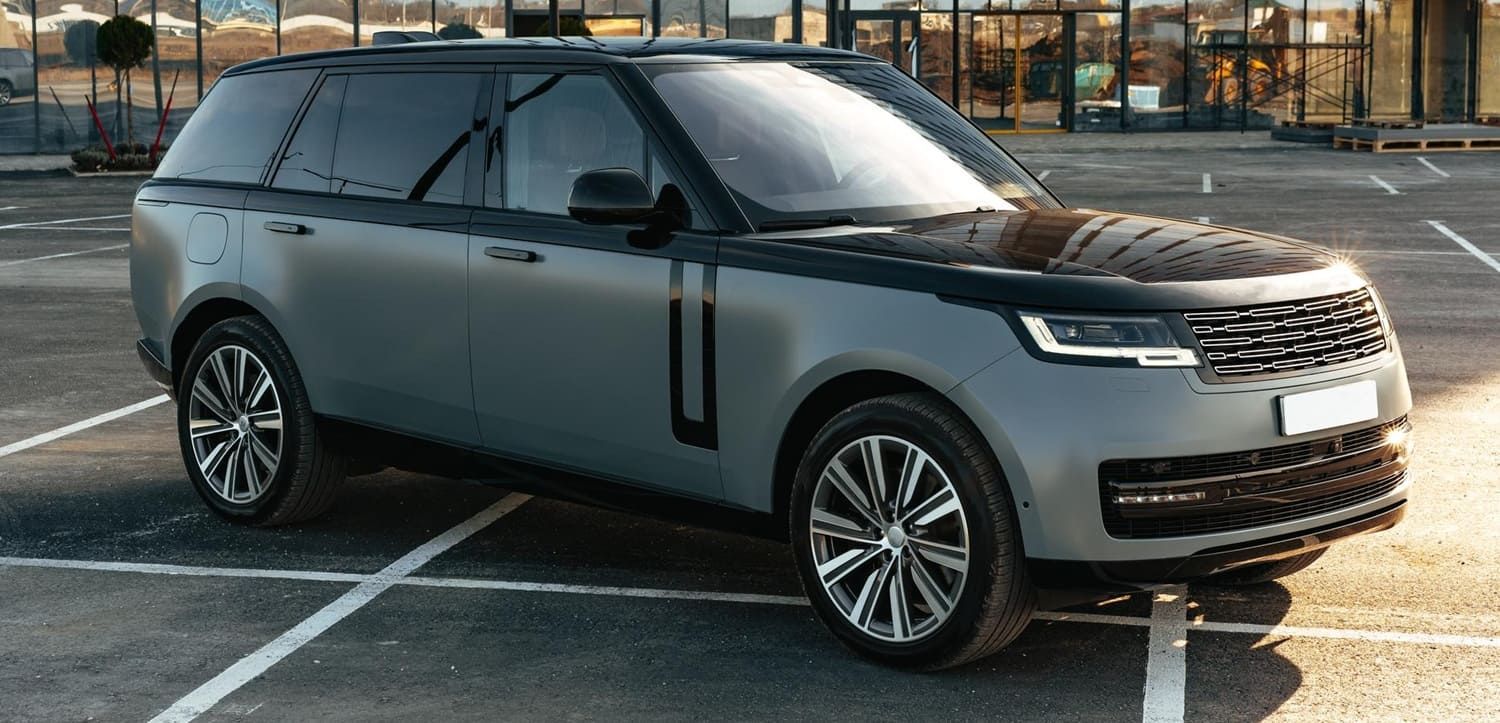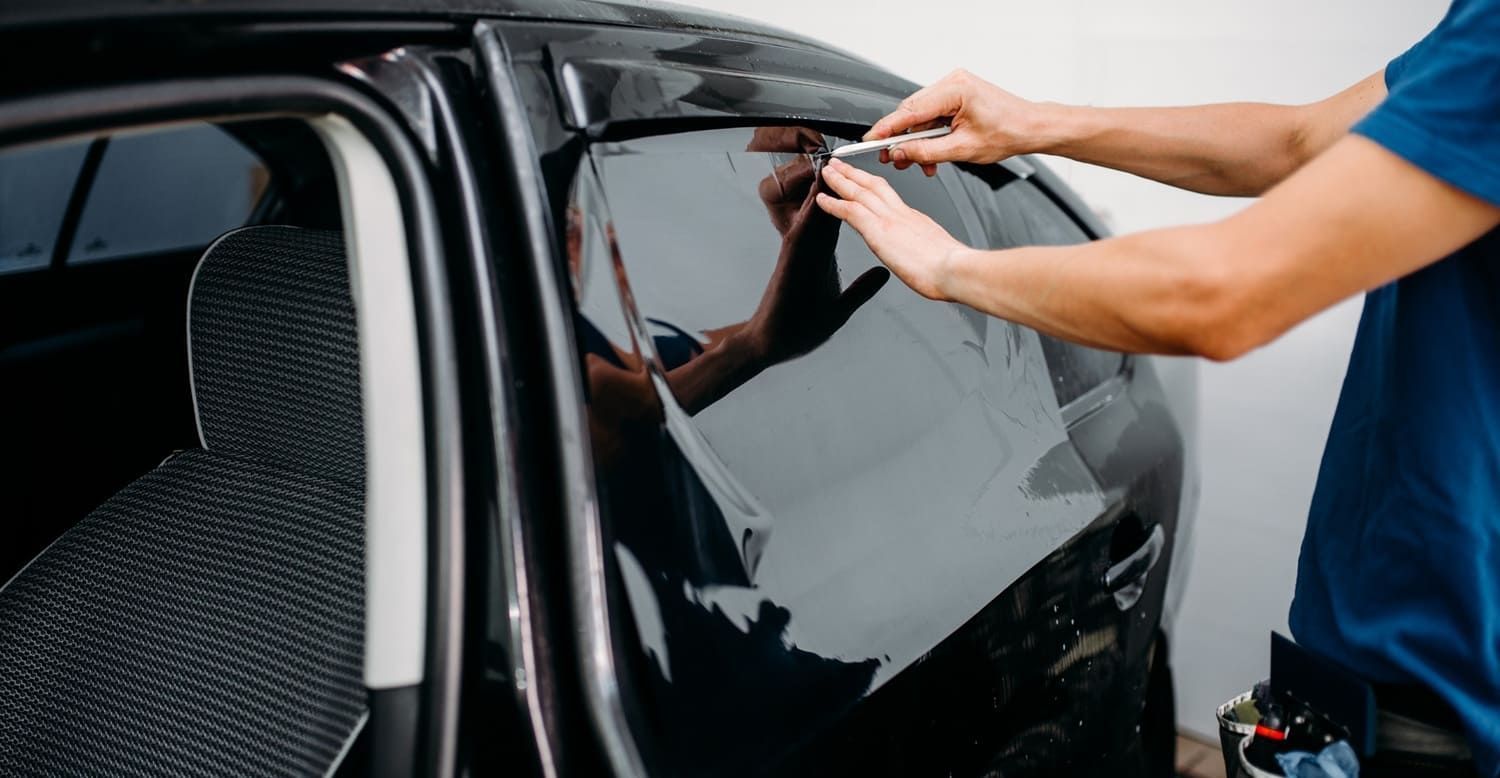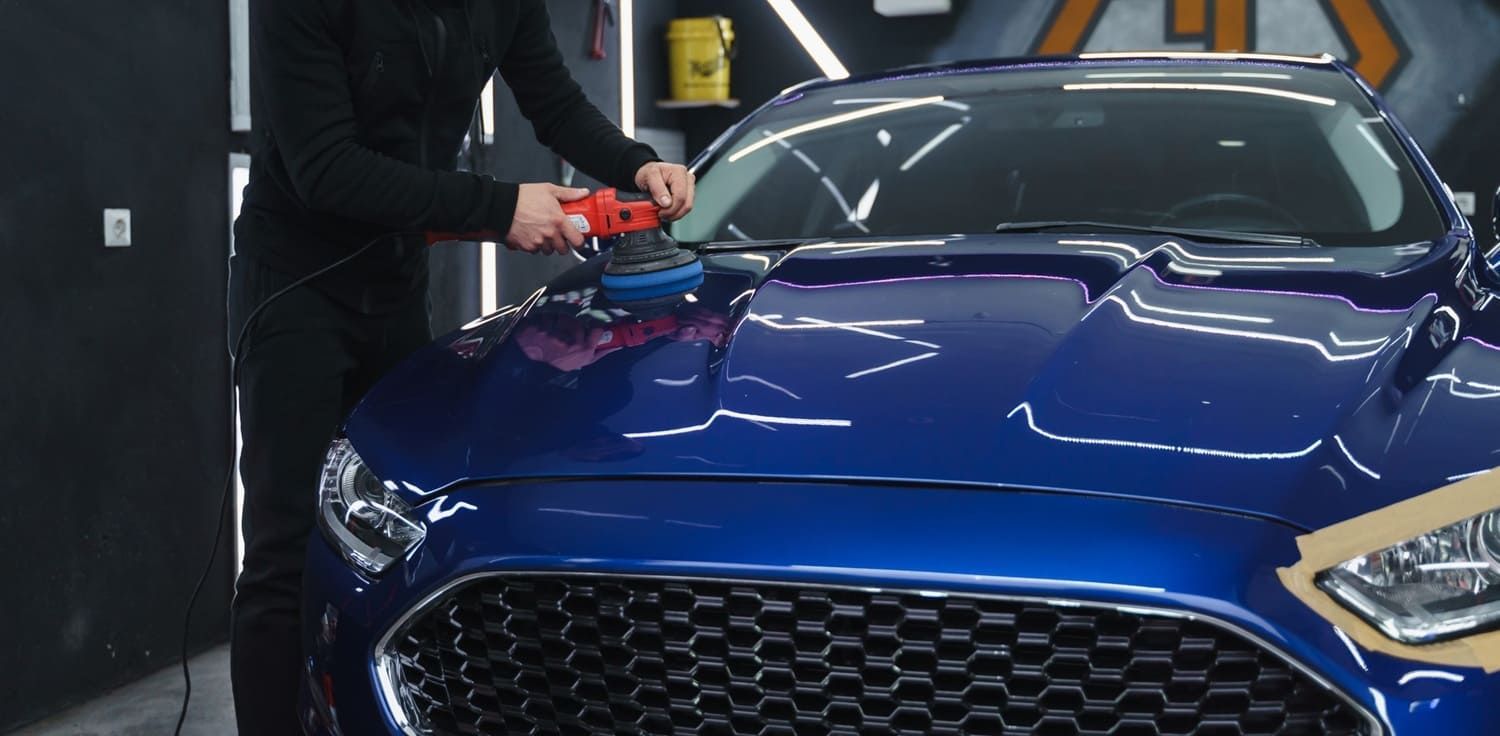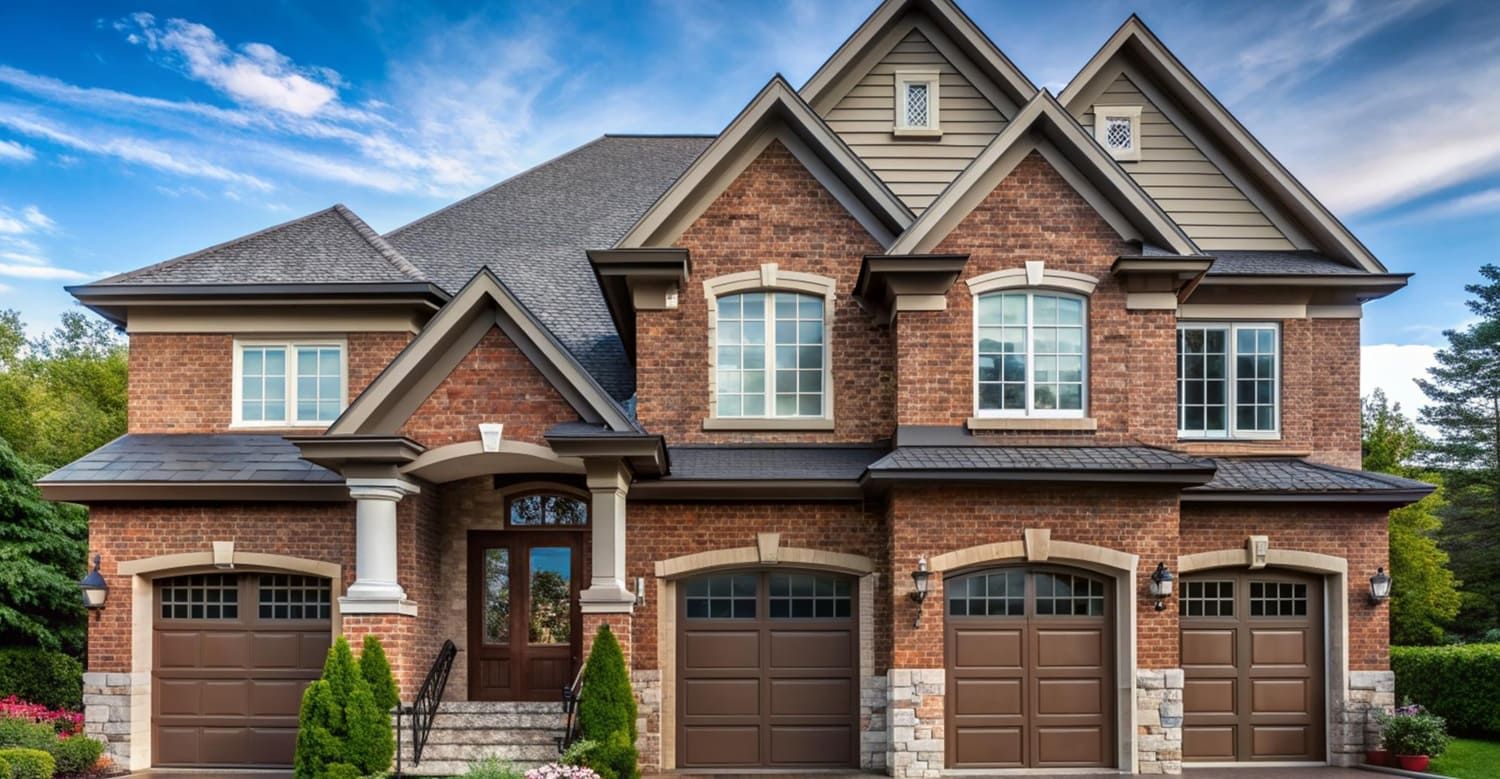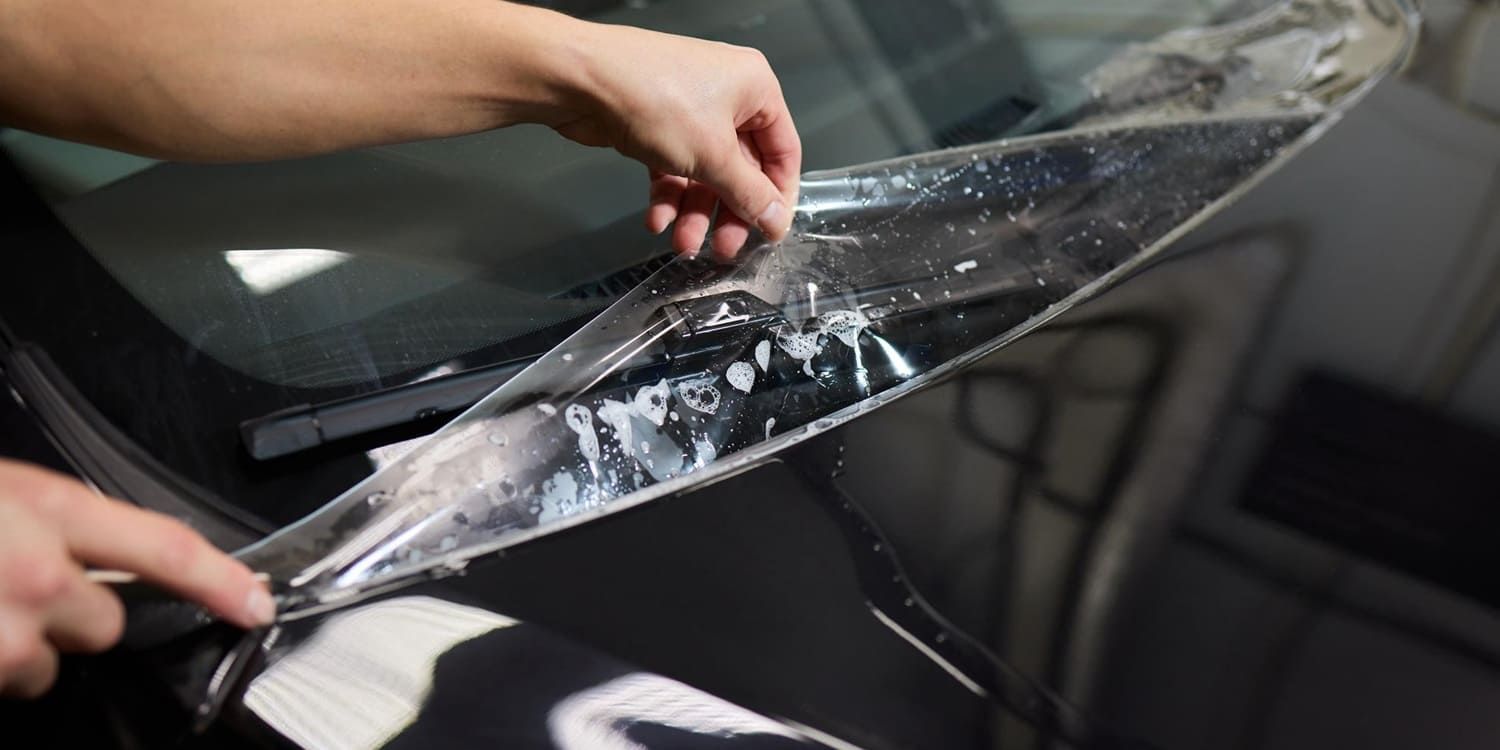Everything You Need to Know About Vehicle Window Tint Percentages
There are many different degrees of window tint percentages. It is important to choose a percentage that is both safe and legal.
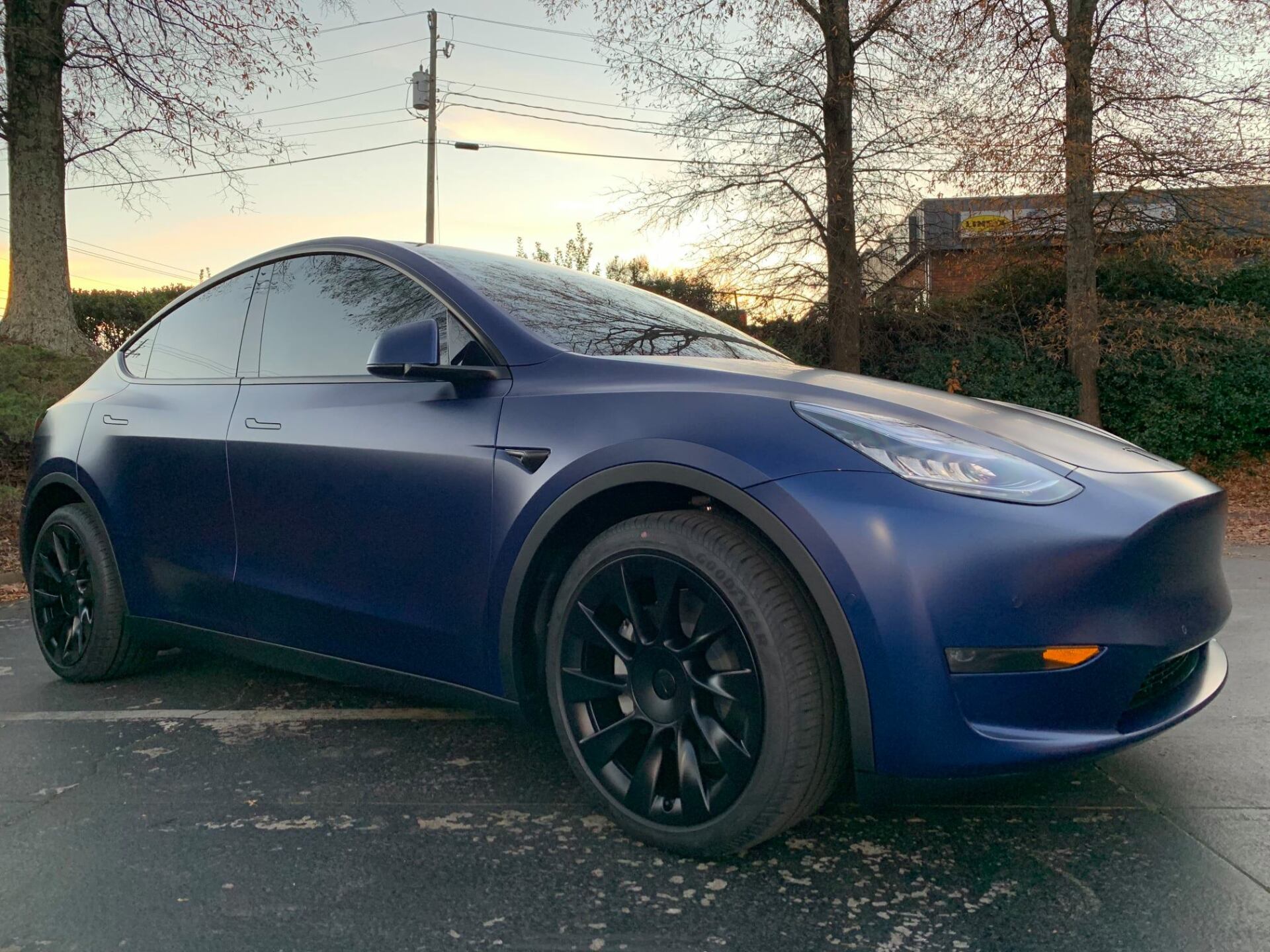
From blocking out the sun’s harsh rays to giving your car a sense of style, there are many reasons to invest in vehicular window tinting. However, before you take the leap, it’s important to understand the basics of window tint percentages.
There are many options available, and it can seem confusing. If you don’t choose the right car window tint percentage, you may not be happy with your results. Even worse, not having sufficient knowledge of legal window tint percentages can cause you to have a run-in with the law.
Don’t worry, though, it’s not as complicated as it might initially seem. This simple guide will have you feeling like a pro in no time.
The Most Common Window Tint Percentages
When you visit a professional window tinting company, you’ll learn that you have a wide range of options, ranging from as low as 5% to as high as 90%. What do these numbers mean and how do you choose? Let’s take a look at some of the most popular options.
Fifty Percent
A window tint percentage of 50% blocks about half of the outside light from entering your vehicle. This won’t have a dark appearance but will keep out the heat and protect you from the sun’s UV rays. It will also reduce glare, which makes driving easier and minimizes eye strain.
Thirty-Five Percent
For a smooth, stylish look that isn’t overly dark, 35% window tint is a great option. It will add visual appeal to your vehicle and give you all of the benefits of automotive window tinting without disrupting your ability to see clearly when you drive.
Twenty Percent
If privacy is a concern for you, then you’ll want to consider a 20% tint. It’s dark enough so that it’s difficult to see into the vehicle from a distance. While you can still see in if you get right up close, this tint is enough to deter most would-be criminals.
Many vehicles that come with “built-in” factory tint fall within the 15-20% range.
Five Percent
Unlike the other options, a 5% tint is so dark that you can’t see through it at all. In fact, in most states, it’s illegal to install 5% tint anywhere except the back windows of a limousine.
Understanding VLT
While this information seems pretty simple, there’s another layer of complexity to consider. You see, window tint percentages refer to the amount of visible light transmission (VLT) that comes through a window. As seen in the examples above, the lower the percentage, the darker the tint will be.
However, most cars don’t come from the factory with clear glass. Instead, they typically have a VLT of around 80%. If you want to know the actual amount of light that comes through, you’ll need to factor this in as well.
Let’s take a look at an example.
Assume you have a vehicle that came from the factory with an 80% VLT and you’re considering adding 5% tinting. To determine the new VLT, you’ll need to multiply 5% by 80%. In this case, the vehicle will have a combined VLT of 4%.
Sound confusing? Don’t worry! Most window tint professionals can easily do the conversion for you.
If you want, you can also measure your window tint percentage with a special tool, called a tint-meter, or use a window tint percentage chart to choose the most appealing tint for your vehicle.
Window Tint Placement
When discussing your window tinting percentages, you’ll also need to understand the terms used to describe the tint’s placement. For example, “front side widows” refers to the driver’s side and passenger side windows.
This does not include the windshield, which is categorized separately. It’s illegal to tint the main part of your windshield, although there is a shade band at the top of your windshield.
The term “rear-side windows” refers to any windows that are behind the front-side windows. Most states allow you to tint rear windows at a darker shade than the front windows.
State Window Tint Laws
It’s also important to understand that there’s a variation in allowed window tint percentages by state. For example, under Georgia state law, window tinting can’t be lower than 32% (plus or minus a 3% variance). In addition, it can’t increase light reflection by more than 20%.
If you’re pulled over for illegal window tint, you may be charged with a misdemeanor. Working with a reputable professional window tinting company will help ensure you choose the window tint percentage that will keep you on the right side of the law.
Choosing the Best Window Tint Percentage
While it’s obvious that you won’t want to choose a window tint percentage that’s illegal in your state, what other factors should you consider?
Before you decide on your window tint percentage, ask yourself whether you’re looking to change the overall aesthetics of your vehicle. Remember that the darker you go, the more it will change the way your vehicle looks.
You’ll also want to consider your overall reason for getting window tint. If you’re primarily looking for sun protection and glare reduction, a lighter tint will do just fine. However, if privacy is a concern, you’ll want to opt for a darker window tint.
No matter what tint percentage you choose, make sure you get a high-quality tint and have it installed by a professional. Otherwise, you likely won’t be happy with your final results.
Get Started with Your Window Tinting Today
Now that you know all the ins and outs of vehicle window tint percentages, you’re ready to take advantage of all the benefits of window tinting. Want to get started without the hassle?
Solarworks Glass Tinting now offers mobile window tinting providing FormulaOne auto tint. We’ll come to your home or business and install your tinting while you go about your day. Contact us today at Solarworks Glass Tinting to request a free estimate and schedule your appointment.



